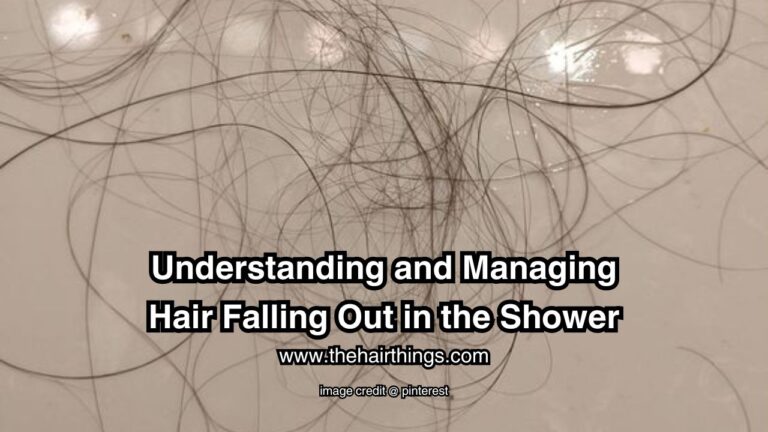Dealing with lice infestations can be a frustrating and common challenge, especially in environments where people are in close contact. While lice are not dangerous, they can cause discomfort and embarrassment. One of the most effective tools in managing lice is a comb. In this article, we will explore in detail how to quickly and effectively spot, treat, and prevent lice using a comb.
Spotting Lice

Spotting lice requires attention to detail and a systematic approach. Here are the steps you should follow:
1. Adequate Lighting is Key

To spot lice effectively, ensure you have good lighting. Natural sunlight or a bright lamp will reveal even the smallest lice or nits (lice eggs). It’s best to conduct the examination in a well-lit room.
2. Section the Hair

Divide the hair into small, manageable sections. This makes it easier to thoroughly comb through and ensures no area is missed. Use clips or ties to keep the sections separate and organized.
3. Start at the Scalp

Begin combing at the scalp and work your way down to the tips of the hair. Pay extra attention to the area behind the ears and the nape of the neck, as these are common hiding spots for lice. Use a gentle, yet firm, motion to ensure you cover every inch of the scalp.
Treating Lice with a Comb

Once lice are spotted, it’s crucial to treat them effectively. The comb is an invaluable tool in this process. Follow these steps for optimal results:
1. Apply a Lubricant
Before using the comb, apply a lubricant such as conditioner or olive oil to the hair. This not only makes it difficult for lice to cling to the hair shafts, but also helps the comb move smoothly through the hair, preventing any tugging or pulling.
2. Use a Fine-Toothed Comb
Invest in a high-quality fine-toothed lice comb. These combs are specially designed to catch and remove lice and nits effectively. Look for combs with metal teeth, as they are more durable and effective than plastic alternatives.
3. Comb Thoroughly and Regularly
Comb through the hair slowly and meticulously. Start at the scalp and work your way down to the tips. Wipe the comb onto a paper towel after each pass to check for lice or nits. Continue this process until the comb comes out clean. It’s important to be thorough, as even a single missed nit can lead to a re-infestation.
Preventing Lice Infestations

Prevention is key in maintaining a lice-free environment. Here are some effective strategies to consider:
1. Educate and Communicate
Ensure that people are educated about lice prevention, especially in group settings such as schools or summer camps. Encourage open communication about lice, so that cases can be addressed promptly. Provide informational materials and resources to parents and caregivers.
2. Regular Checks
Check for lice frequently, especially on children and in high-risk areas. Effective therapy depends on early discovery. Encourage parents to routinely inspect their kids’ hair and think about instituting routine checks in school settings.
3. Avoid Sharing Personal Items
Shared goods like brushes, caps, and headphones can spread lice. To lessen the chance of an infestation, advise people to refrain from sharing these goods. Inform them on the significance of personal hygiene products and the dangers of sharing.
Conclusion

Managing lice can be difficult, but with the correct methods and equipment, it can be done successfully. Finding, treating, and preventing a lice infestation can all be done quickly and effectively by using a comb. You may maintain a lice-free environment and experience peace of mind by adhering to these instructions and remaining alert.
FAQs

FAQ 1: What is the Best Lighting for Spotting Lice?
Answer:
The best lighting for spotting lice is natural sunlight or a bright lamp. Adequate lighting is crucial for a thorough examination, as it helps reveal even the smallest lice or nits (lice eggs). Conducting the examination in a well-lit room ensures optimal visibility.
FAQ 2: How Should I Section the Hair for Effective Lice Spotting?
Answer:
To effectively spot lice, it’s important to divide the hair into small, manageable sections. This systematic approach ensures that no area is missed during the examination. Use clips or ties to keep the sections separate and organized, making it easier to comb through thoroughly.
FAQ 3: What Lubricant Should I Use Before Using the Comb for Lice Treatment?
Answer:
It is advised to lubricate the hair with conditioner or olive oil before using the comb to treat lice. This accomplishes two things: it makes it more difficult for lice to attach themselves to hair shafts, and it makes it easier for the comb to glide through the hair without yanking or pulling.
FAQ 4: What Type of Comb is Best for Lice Removal?
Answer:
Use a premium fine-toothed comb made especially for this purpose for lice removal to ensure success. Combs with metal teeth are favored over those with plastic teeth because they are more reliable and efficient. A fine-toothed comb makes sure that lice and nits are completely removed.
FAQ 5: How Can I Prevent Lice Infestations in Group Settings?
Answer:
Preventing lice infestations in group settings like schools or summer camps requires a multi-faceted approach. Education and communication play a vital role. Ensure that people are well-informed about lice prevention, and encourage open communication about cases. Additionally, regular lice checks, especially for children, and discouraging the sharing of personal items like brushes and hats are essential preventive measures.








